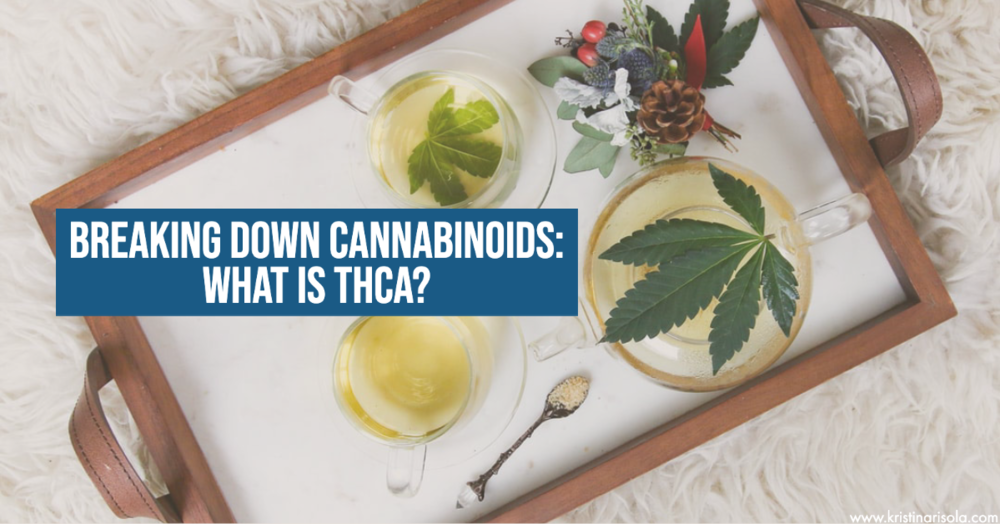How to Make THCa or CBDa Capsules
When most of us think of cannabis, we think of delta-9-tetrahydrocannabinol or THC. It’s the compound responsible for the psychoactive ‘high’ of cannabis and many of its medicinal benefits. But what if you don’t like the psychoactivity? What if you want the positives of THC, without the euphoria or intoxication?
Enter, THCa.
What is THCa?
Unlike THC, THCa is non-intoxicating. Found in raw and live cannabis, THCa is an untapped but up-and-coming form of cannabis medicine. In fact, THCa is THC, before it becomes THC. As the cannabis plant ages and dries out, or if you apply heat via activities like smoking or cooking, THCa drops the ‘a,’ and converts to THC. This process is called decarboxylation.
Benefits of THCa
Like most areas of cannabis, we need much more research (and clinical studies) before we can speak definitively about the potential human benefits and applications of THCa. However, what we do know is promising. For example, research suggests THCa has powerful anti-inflammatory properties at ultra-low doses, making it a potential option for pain management. It’s also thought to have neuroprotective qualities and powerful anti-nausea and vomiting effects. It might even be a tool for weight loss! A research study in mice found that THCa led to a significant reduction in fat mass, weight gain, glucose intolerance, and insulin resistance. To learn more about the potential benefits of THCa, check out this post.
Ways to Consume THCa
You can purchase commercial THCa products in some legal markets, options like premade capsules, tinctures, and oral oils. However, while these premade THCa products are convenient, they are often expensive - paying for the company to do the work for you. Because THCa is present in raw flower, there is no need for extracted products. You can just eat, or juice, the flower or dried buds. Some of my clients prefer to break off and swallow a small pea-sized piece of bud twice a day and others make a simple tea with warm water. I like to make my own capsules, adding them to my daily medicine tray. It makes it easy to remember to take and a bit more palatable.
CBDa, CBGa, and Other Raw Cannabinoids
The cannabis plant contains over 100 cannabinoids and it’s likely that many of these, in both their raw and active forms, have health benefits we can’t even begin to understand. While we are just scratching the surface, early research suggests that CBGa may help manage cardiovascular disease, metabolic disorders, and colon cancer. Early research has also shown promise for CBDa influencing serotonin, making it a potential agent for regulating mood, nausea, and vomiting. CBDa has also shown some potential for applications like inflammation and seizures. Despite the lack of clinical studies and gold-standard research, more and more cannabis patients choose to include cannabinoids like CBDa and CBGa in their medical cannabis routine, many reporting positive results.
How to Make THCa or CBDa Capsules
You Will Need
Cannabis or Hemp Flower (Containing cannabinoids of choice)
Empty Capsules Size 00 or 0
Grinder (optional)
Directions
If you are creating a blend of different strains or cannabinoids, pregrind the flower and mix well. Otherwise, break your flower into small pea-sized pieces.
Fill an empty capsule with the ground mixture or a small pea-sized piece of flower and close the capsule. To fill, I find it easiest to store the ground flower in a small bowl and scoop the empty capsule into the mixture.
Store in a glass jar in a dark cool place.
Consume two times per day or as recommended by your physician.
Notes
Instead of, or in addition to flower, you can also use kief, THCa isolate, or inactive/non-decarboxylated concentrates to fill your capsules.
Try to be consistent with how much you fill each capsule, but it doesn’t have to be perfect.
For vegan capsules see these options - 00 and 0 .







